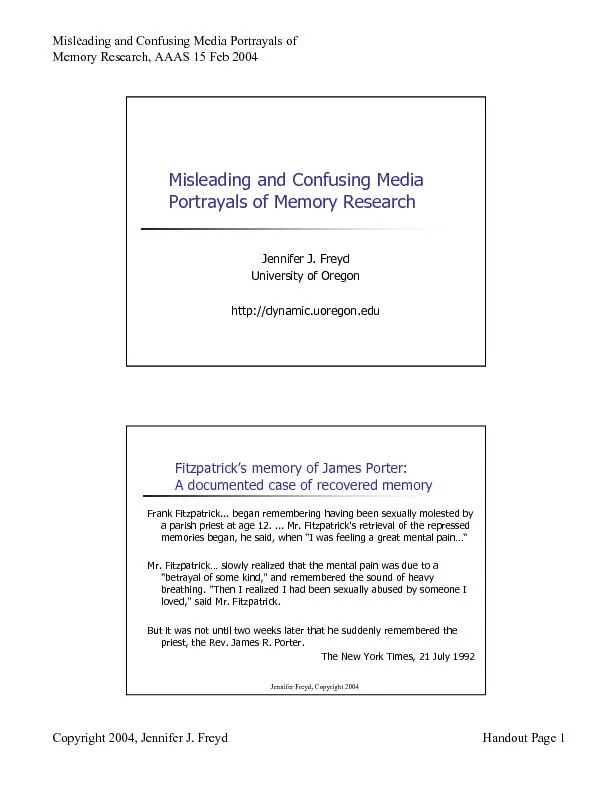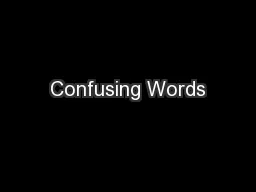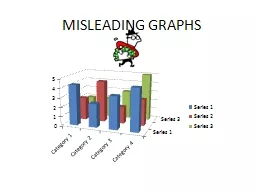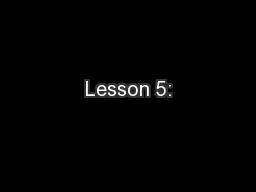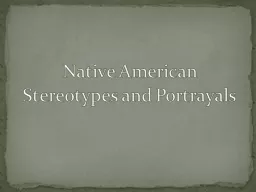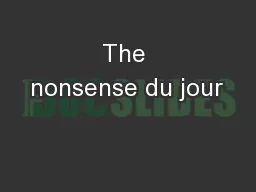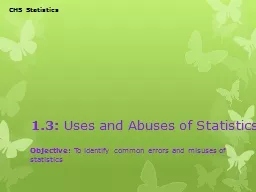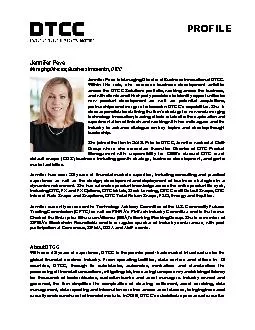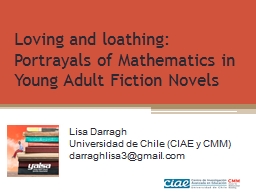PDF-Misleading and Confusing Media Portrayals of Copyright 2004, Jennifer
Author : briana-ranney | Published Date : 2016-09-27
httpdynamicuoregonedu Jennifer Freyd Copyright 2004Frank Fitzpatrick began remembering having been sexually molested by a parish priest at age 12 Mr Fitzpatricks
Presentation Embed Code
Download Presentation
Download Presentation The PPT/PDF document "Misleading and Confusing Media Portrayal..." is the property of its rightful owner. Permission is granted to download and print the materials on this website for personal, non-commercial use only, and to display it on your personal computer provided you do not modify the materials and that you retain all copyright notices contained in the materials. By downloading content from our website, you accept the terms of this agreement.
Misleading and Confusing Media Portrayals of Copyright 2004, Jennifer: Transcript
Download Rules Of Document
"Misleading and Confusing Media Portrayals of Copyright 2004, Jennifer"The content belongs to its owner. You may download and print it for personal use, without modification, and keep all copyright notices. By downloading, you agree to these terms.
Related Documents

